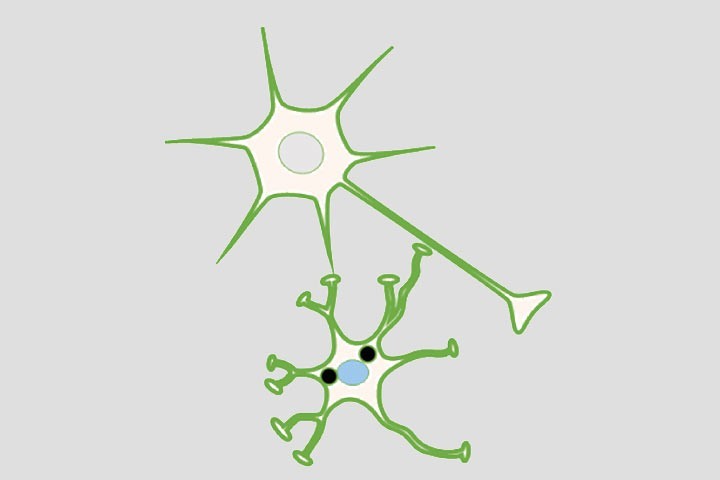
Marie-Laure Arotcarena, Benjamin Dehay et al. in JCI Insight
https://insight.jci.org/articles/view/129719
https://www.ncbi.nlm.nih.gov/pubmed/31434803
1 Université de Bordeaux, Institut des Maladies Neurodégénératives, UMR 5293, F-33000 Bordeaux, France.
2 CNRS, Institut des Maladies Neurodégénératives, UMR 5293, F-33000 Bordeaux, France.
3 Telethon Institute of Genetics and Medicine (TIGEM), Pozzuoli (Naples), Italy.
4 Department of Translational Medicine, Federico II University, Naples, Italy.
5 Department of Molecular and Human Genetics, Ian and Dan Duncan Neurological Research Institute, Baylor College of Medicine, Houston, Texas, USA.
6 Laboratoire de Neurosciences Expérimentales et Cliniques, INSERM U-1084, Université de Poitiers, Poitiers, France.
7 Service de Neurologie, Centre Hospitalier Universitaire de Bordeaux, Bordeaux, France.
Authorship note: MLA and MB contributed equally to this work.
Abstract
The synucleinopathies Parkinson’s disease (PD) and Multiple system atrophy (MSA) — characterized by α-synuclein intracytoplasmic inclusions into, respectively, neurons and oligodendrocytes — are associated with impairment of the autophagy-lysosomal pathways (ALP). Increased expression of the master regulator of ALP, transcription factor EB (TFEB), is hypothesized to promote the clearance of WT α-synuclein and survival of dopaminergic neurons. Here, we explore the efficacy of targeted TFEB overexpression either in neurons or oligodendrocytes to reduce the pathological burden of α-synuclein in a PD rat model and a MSA mouse model. While TFEB neuronal expression was sufficient to prevent neurodegeneration in the PD model, we show that only TFEB oligodendroglial overexpression leads to neuroprotective effects in the MSA model. These beneficial effects were associated with a decreased accumulation of α-synuclein into oligodendrocytes through recovery of the ALP machinery. Our study demonstrates that the cell type where α-synuclein aggregates dictates the target of TFEB overexpression in order to be protective, paving the way for adapted therapies.
 Contact
Contact
Last update 27/09/19
